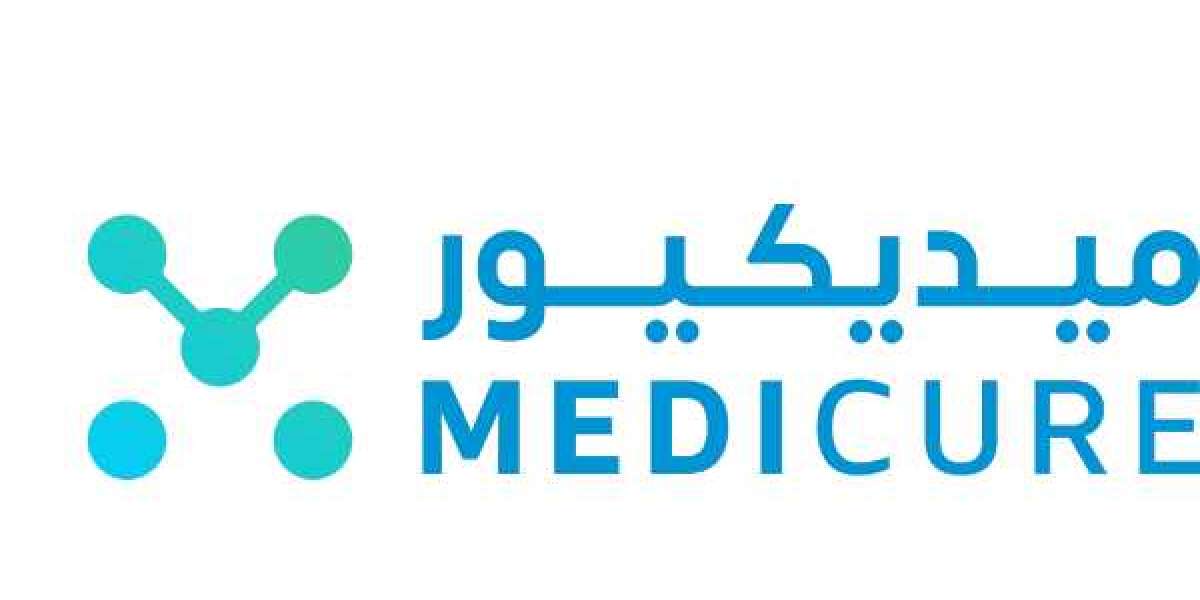Selecting the right partner for access control is a strategic move for security, operations, and peace of mind. The goal is to find a company that understands your space, scales with you, and delivers reliable, practical solutions.
Define your needs and scope
Before you start vetting vendors, map out what you want to protect and how you’ll measure success. This isn’t just about doors and badges; it’s about integration, maintenance, and phased rollout.
Prepare a short brief: building type, entry points, number of users, timelines, and any regulatory requirements. A precise brief helps you compare apples to apples later on.
Key criteria to evaluate an access control system company
Use these criteria as the backbone of your evaluation. They cover technical capability, project approach, and ongoing support.
1) Technical compatibility and product fit
Look for solutions that align with your existing IT, security policies, and future plans. Favor modular systems that can grow without a complete rebuild.
2) Implementation approach and project management
A clear project plan matters. Ask for a phased rollout, milestones, and a risk register. The right partner should spell out dependencies, from network readiness to contingency timeframes.
3) uptime, reliability, and service levels
Downtime costs money. Demand documented SLAs, response times, and preventative maintenance schedules. For larger sites, request a dedicated on-site technician during critical phases.
4) Security architecture and standards
Check for encryption standards, door tamper protections, and secure credential management. A robust system should support multi-factor authentication and audit trails that are easy to search and export.
5) Compliance and data privacy
Regulatory needs vary by region and sector. Confirm the vendor follows applicable standards and can provide data handling controls that meet your policy requirements.
6) Interoperability and integration
Security rarely ends at the door. Look for native integrations with video surveillance, HR systems, and facility management software. Open APIs help future-proof your setup.
7) User experience and administration
Administrators should manage users with minimal friction. The system should offer bulk card issuance, role-based access, and straightforward incident reporting.
8) Costs and total cost of ownership
Ask for a transparent bill of materials and total cost over five years. Include hardware, software licenses, maintenance, and expected upgrade cycles.
9) Vendor stability and references
A stable vendor with long-term customers reduces risk. Request client references, case studies, and proof of warranty coverage.
Red flags to watch for
Spotting warning signs early can save delays and budget overruns. Here are concrete signals that a vendor might not be the right fit.
- Vague timelines or no written project plan; claims of “we’ll adapt as we go.”
- Unclear maintenance costs or frequent price changes after initial quotes.
- Reliance on proprietary hardware with limited upgrade paths.
- Weak or absent references in similar environments (size, scale, sector).
- Unresponsive support channels or limited SLAs beyond “24/7 support.”
In practice, a red flag might show up as a vendor promising a single solution without considering your system’s integration needs. If they can’t name three compatible video platforms or a standard like PCI-DSS as relevant, take note.
How to compare vendors: a practical process
Use a structured process to reduce guesswork and bias. Start with a clear short list, then drill into details with a consistent scoring method.
Step 1: gather baseline information
Ask for product brochures, a sample architecture diagram, and a draft project timeline. Request a high-level security plan that covers threat models relevant to your site.
Step 2: run hands-on demonstrations
Request a live demo or a sandbox environment to verify user flows, card issuance, and reporting. Evaluate the admin console for clarity and speed.
Step 3: verify support structures
Clarify escalation paths, on-site visitation windows, and the ease of obtaining spare parts. Confirm who owns firmware updates and how often they occur.
Step 4: perform a vendor comparison
Score each candidate across a standard rubric. Focus on risk, cost, and long-term value rather than initial price alone.
Questions to ask during vendor conversations
Prepare pointed questions that reveal capability and accountability. The answers tell you much more than glossy brochures.
- What is your typical project timeline for a site like ours, and what could cause delays?
- Which standards do you support for credential management and encryption?
- How do you handle system expansion if we add entrances or floors later?
- Can you provide reference sites with similar scale and industry?
- What does your incident response look like, and what’s included in the SLA?
Table: a concise vendor comparison snapshot
Use this as a quick-compare sheet while you interview candidates. It highlights the essentials without getting lost in marketing language.
| Criterion | Vendor A | Vendor B | Vendor C |
|---|---|---|---|
| Product fit | Modular, supports 100+ doors | Strong for mid-size facilities | Industrial-grade, but fewer integrations |
| Implementation timeline | 8 weeks | 12 weeks | 6–10 weeks, but with custom work |
| SLAs | 2 hours on critical issues | 4 hours on critical issues | 24/7 dedicated support |
| Cost visibility | Transparent BOM, annual renewals | Quoted monthly, hidden fees | Clear upfront, but high maintenance |
| References | 3+ similar sites | 2 sites | 5+ sites, public case studies |
Industry-agnostic vs sector-specific considerations
Some firms excel at healthcare, others at education or corporate offices. If your site has unique requirements—privacy needs, high-traffic events, or visitor management—prioritize vendors with proven sector experience and compliant feature sets. In a school or hospital, for instance, you’ll want strong access auditing and rapid card revocation in emergencies.
Negotiating a fair agreement
Build a contract that protects both sides. Key clauses cover scope, updates, training, data privacy, and a clear exit plan if the relationship ends. Don’t sign away governance rights over your core security policies in exchange for a lower monthly fee.
Practical tips
- Ask for a staged payment schedule tied to milestones.
- Require an accurate site survey and as-built drawings for all entrances.
- Ensure firmware updates are tested in a sandbox before deployment.
Implementation pitfalls to avoid
Even a strong vendor can misfire if expectations are not aligned. Common pitfalls include over-customization, scope creep, and underestimating training needs. Plan for staff training sessions and a user-friendly knowledge base from day one.
Maintenance, upgrades, and long-term care
Access control is not a one-off install. A practical plan includes regular software updates, hardware refresh cycles, and a clear path for adding new doors or features. Ask for a five-year maintenance calendar and who holds the warranty on each component.
Final checklist before you hire an access control system company
Use this concise checklist to finish your due diligence with confidence. It helps you close with a partner who fits your site and your budget.
- Aligned product fit and scalable architecture
- Clear project plan with milestones and risk management
- Transparent pricing and total cost of ownership
- Robust security standards and privacy controls
- Solid references and demonstrated sector experience
- Strong support, SLA terms, and on-site availability
Conclusion: making a confident choice
Choosing the right access control system company PSM is less about finding the cheapest option and more about finding a partner who understands your environment and supports your growth. With a clear set of criteria, a structured evaluation process, and a honest read of red flags, you can secure a system that protects everyone and scales with your needs for years to come.







